BMO6630 - Consumer Behavior: Structured Abstract & Article Review
VerifiedAdded on 2023/06/12
|6
|1422
|50
Literature Review
AI Summary
This literature review examines consumer behavior through a structured abstract, analyzing research by Milner, Mehra, Peighambari, and Arshi. It summarizes the development of consumer decision-making theories, highlighting the grand models and their focus on distinct stages such as problem recognition, information search, alternative evaluation, outlet selection, and post-purchase behavior. The review identifies common themes across the articles, including the impact of social media, online shopping security, income levels, and information availability on consumer behavior. It also discusses differing perspectives, such as Arshi's focus on conference meeting decision-making and Peighambari's comparison of online shopping behaviors in Britain and Turkey. The limitations of both quantitative and qualitative studies are addressed, including challenges in sample selection and data collection. Finally, the review outlines future research directions proposed by the authors, such as evaluating traditional consumer behaviors, focusing on youth behaviors, and exploring the impact of the internet and online shopping.
1 out of 6
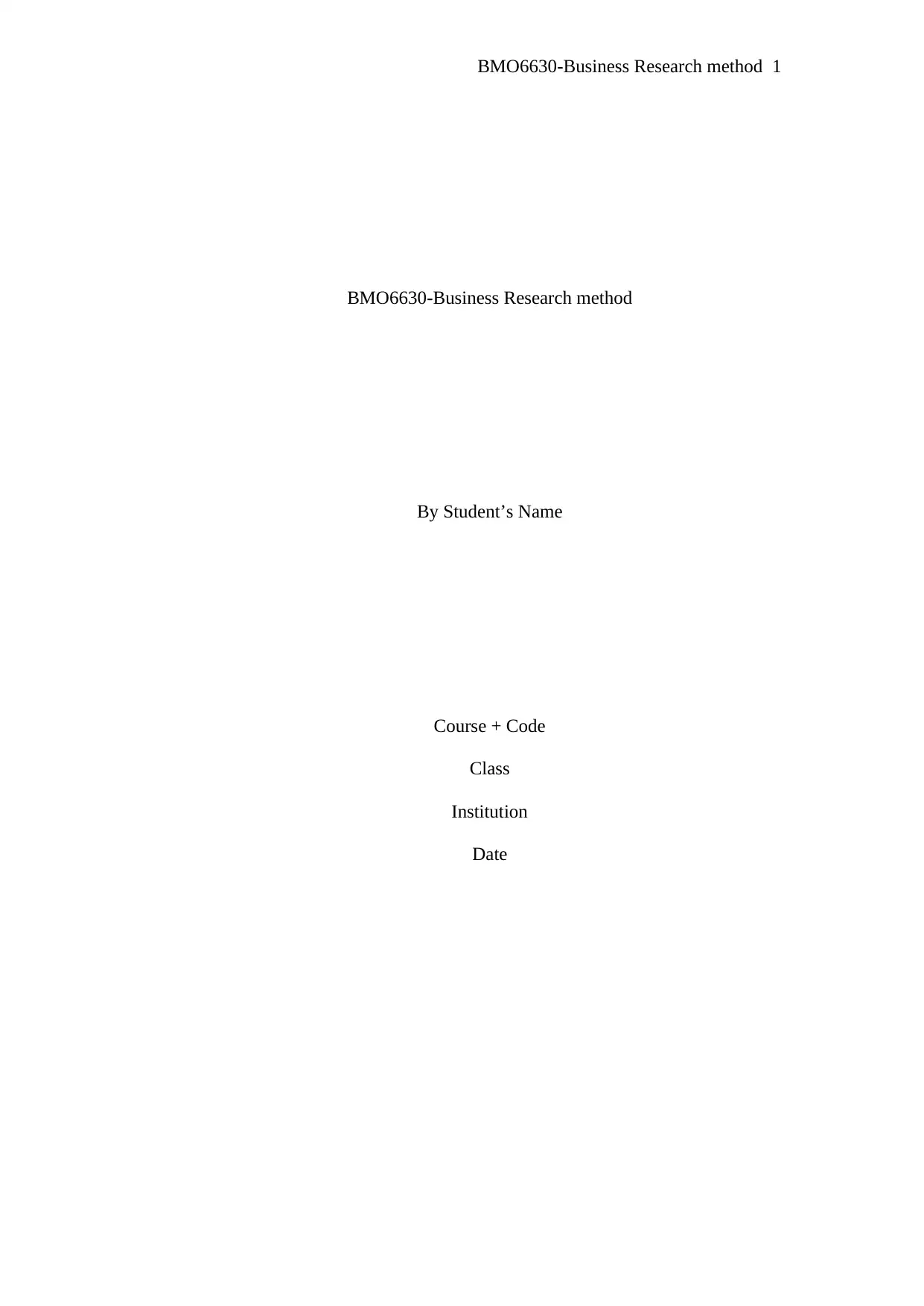
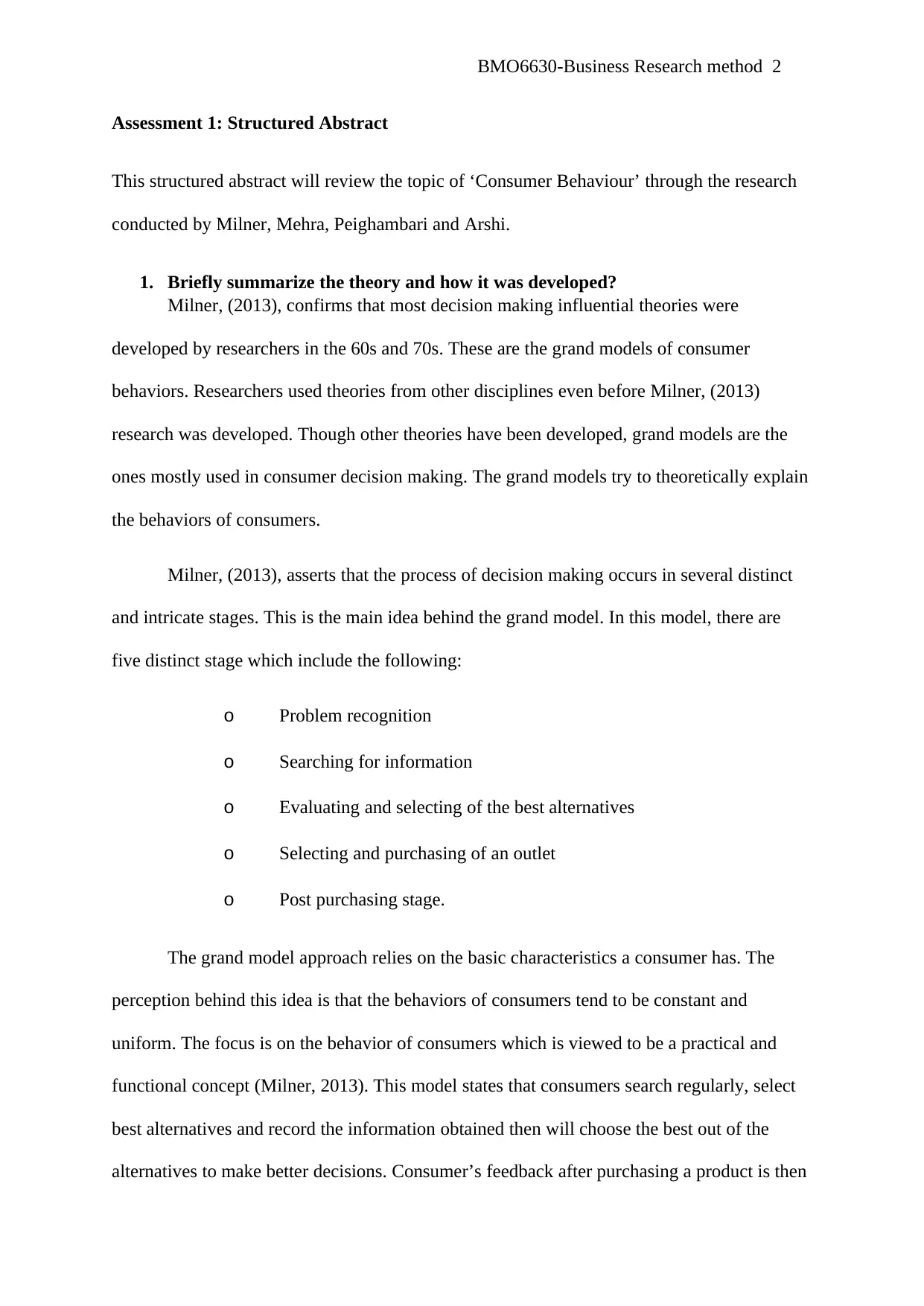
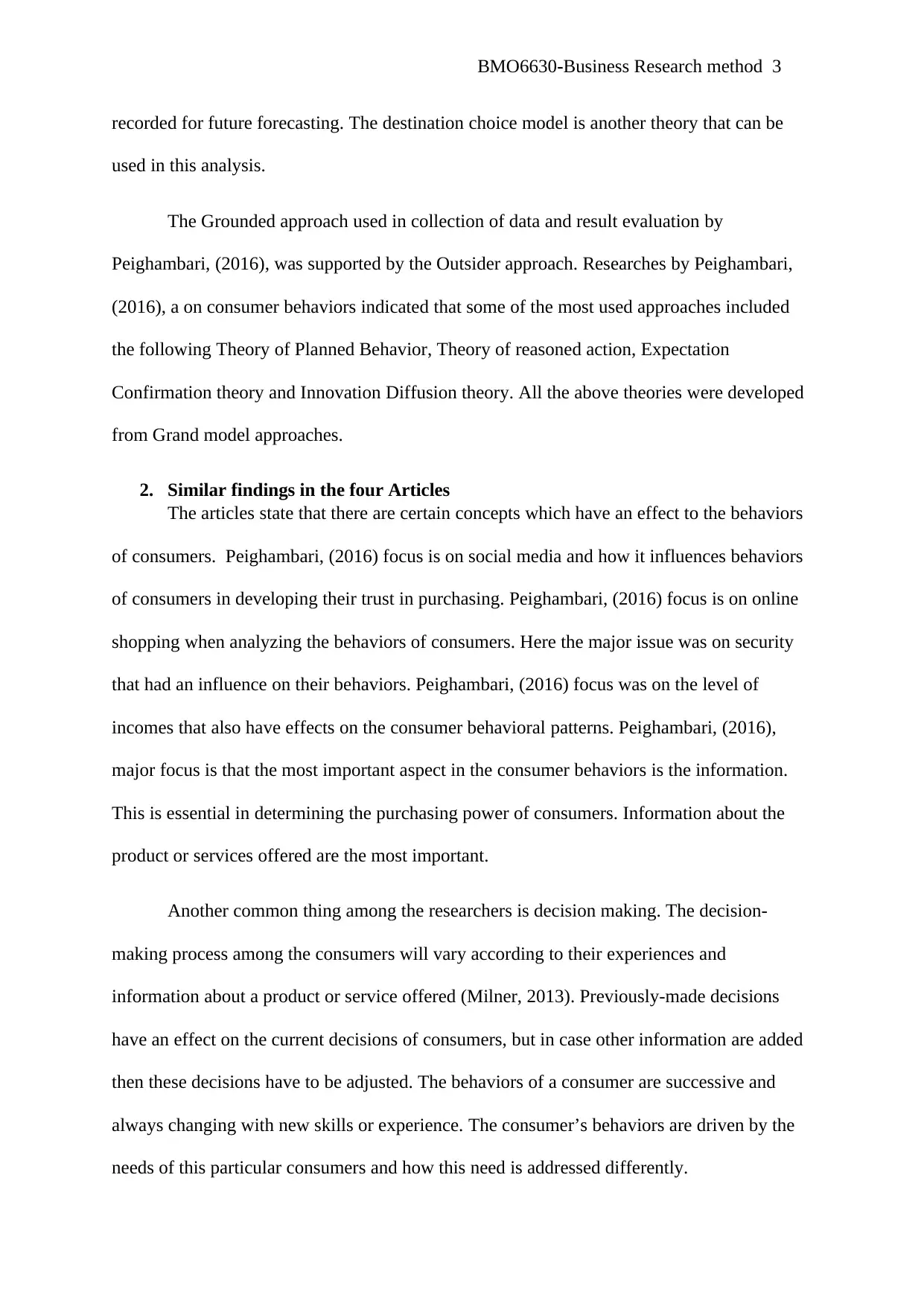
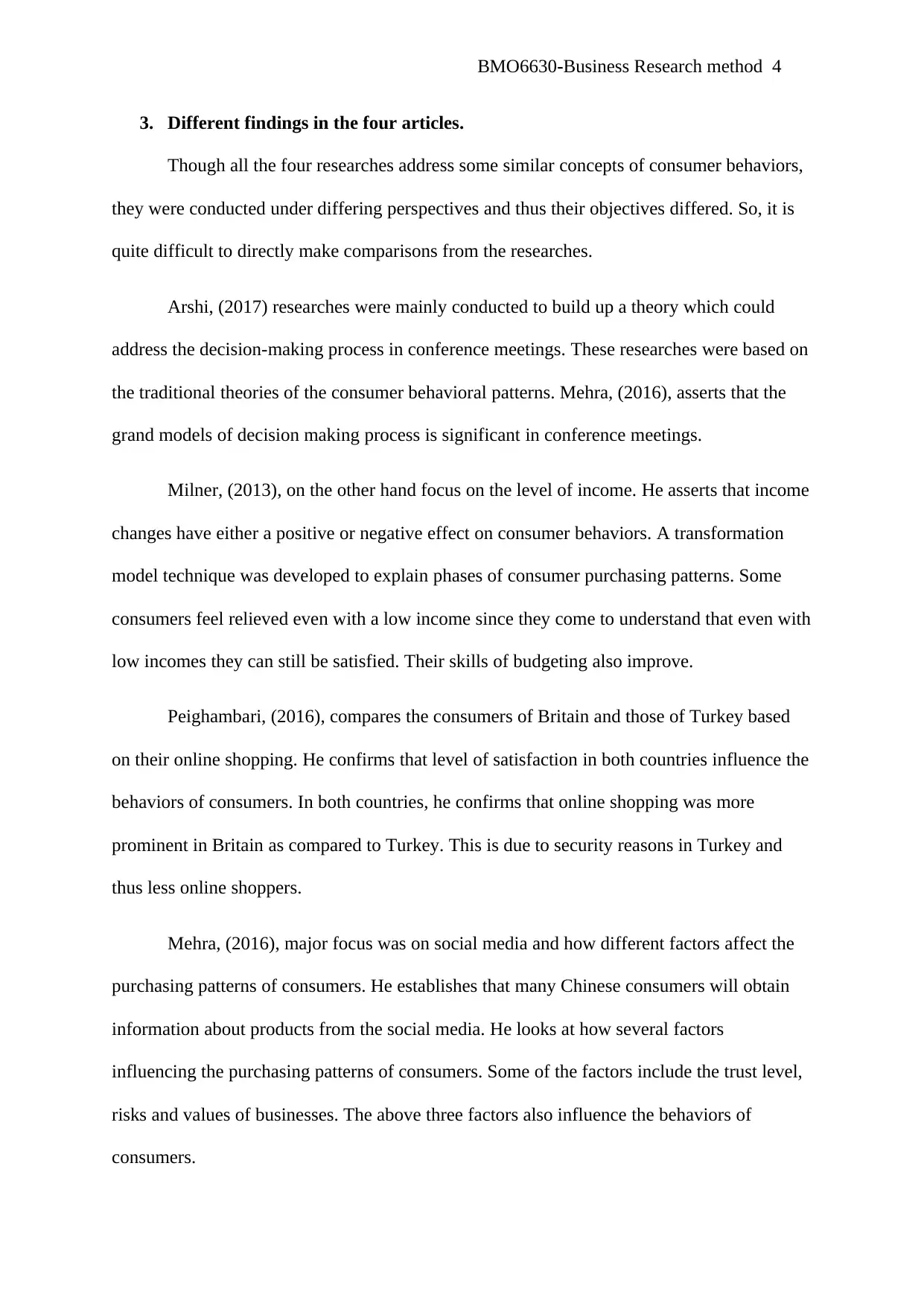
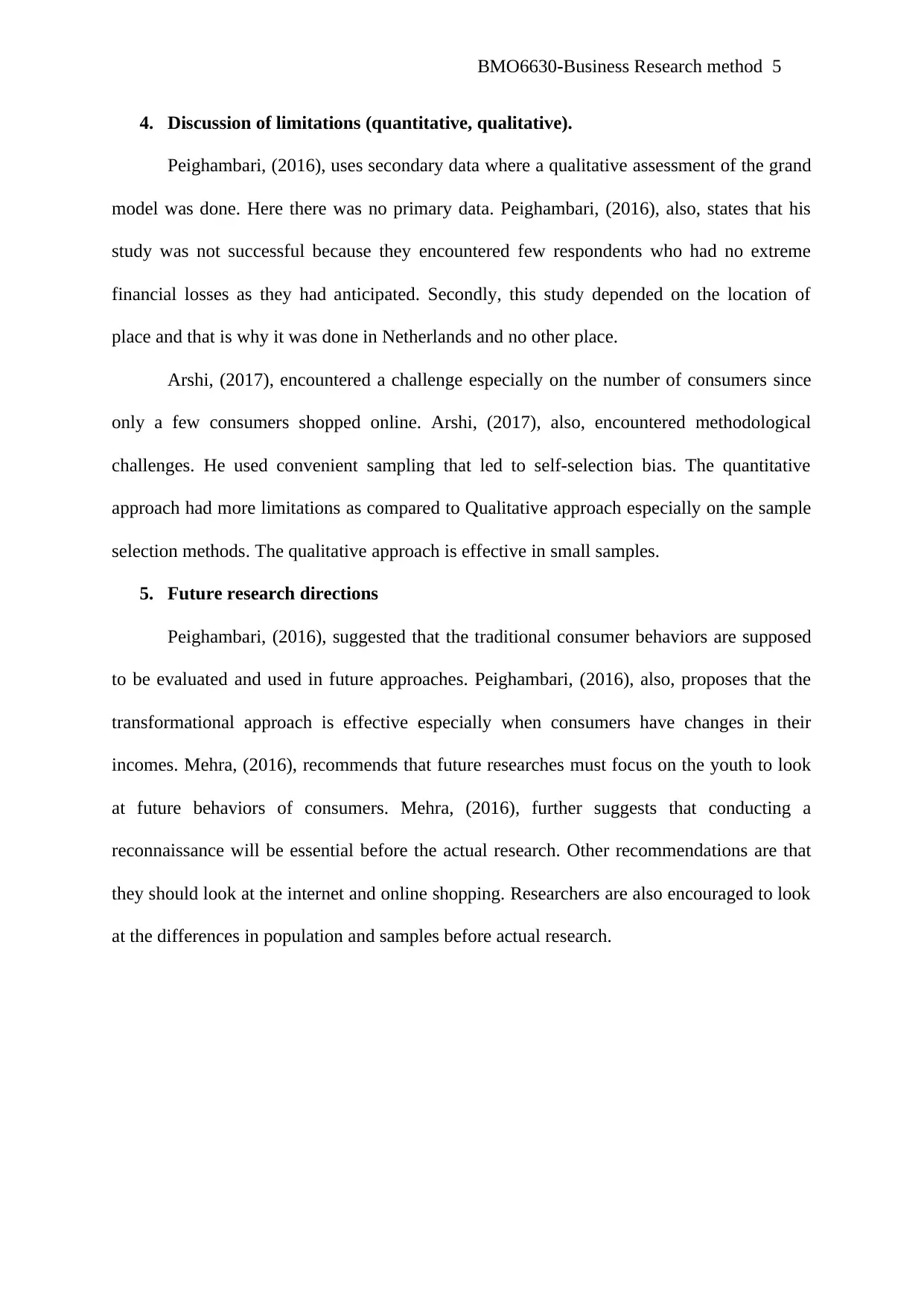
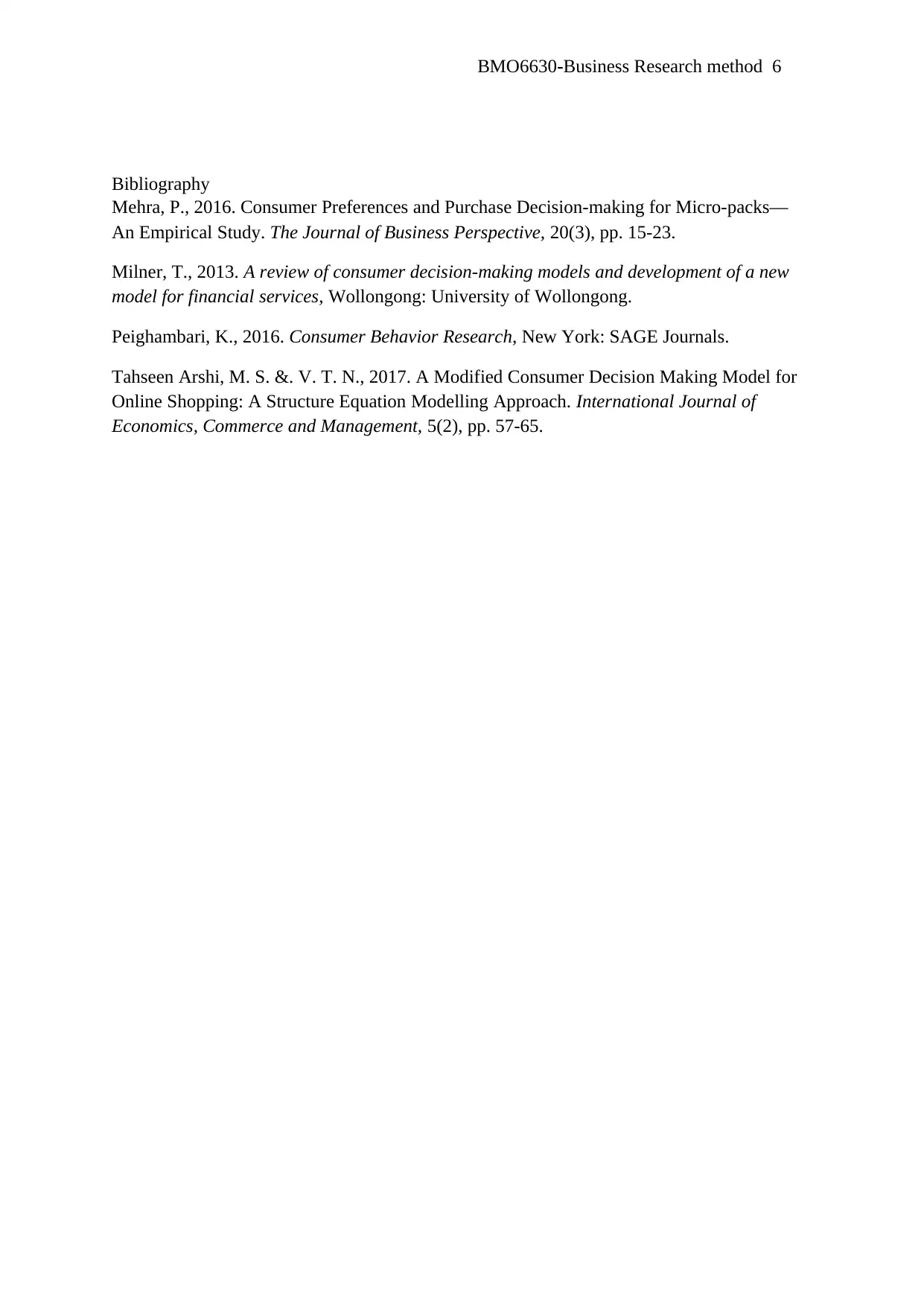






![[object Object]](/_next/static/media/star-bottom.7253800d.svg)